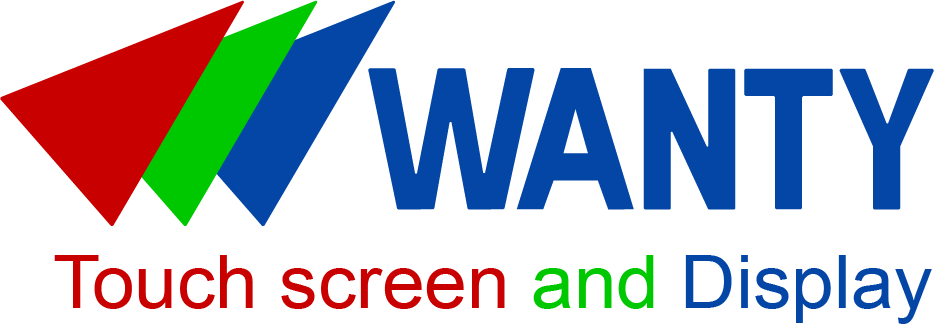Advantages of Capacitive Touch Screens: Why They’re the Top Choice
News
Jun-22-2025
Have you ever noticed how smooth and fast your phone feels when you tap or swipe?
That’s the power of capacitive touch screens, the tech behind most modern devices. From vibrant displays to lightning-quick responses, these screens make our gadgets a joy to use.
Want to know why capacitive touch screen advantages stand out? This guide breaks down the benefits of capacitive touch technology in simple terms, showing how they enhance your daily tech experience.
Let’s dive into why capacitive screens are the go-to choice in 2025 and how they make everything from phones to kiosks better!
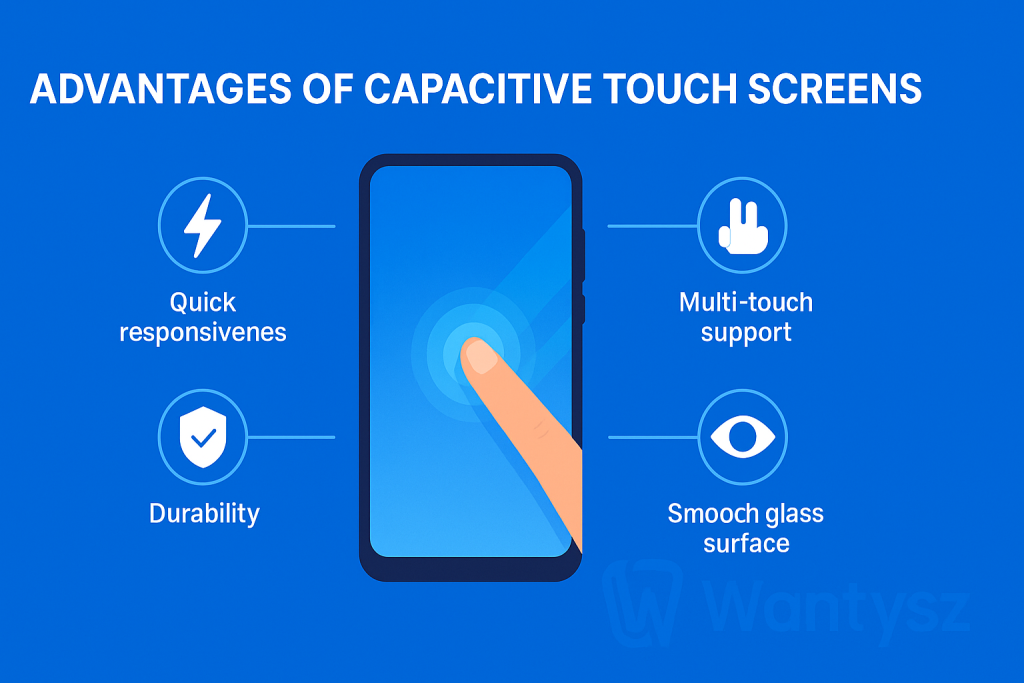
Why Understanding Capacitive Touch Screen Advantages Matters
Capacitive touch screens are everywhere—your smartphone, tablet, car dashboard, even the ATM down the street. Knowing their advantages of capacitive touch screens helps you pick the right tech for your needs, whether you’re a casual user or a business choosing screens for a project. These screens offer touchscreen sensitivity, durability, and a great user experience, making them a favorite in 2025.
Benefits for Everyday Users
From smoother scrolling to clearer visuals, capacitive screens make your devices feel intuitive and fun.
Value for Businesses
For companies, understanding these benefits of capacitive touch technology means picking reliable, user-friendly screens for products or public displays.
Clear and Bright Display Quality
Capacitive touch screens deliver stunning visuals. Their glass surface lets more light pass through, creating a high clarity display that’s bright and vibrant. Whether you’re watching a video on your phone or checking a map in your car, colors pop and details are sharp.
Unlike other screens, like resistive ones, capacitive screens don’t have extra layers that dim the display. This clarity is a big reason they’re used in high-end devices. Want to compare? See Capacitive vs resistive touch screen.
Why Clarity Matters
A bright screen is easier to read, especially in sunlight, making it perfect for phones or outdoor kiosks.
Impact on Visual Experience
The high clarity display enhances everything from gaming to photo editing, giving you a premium user experience.
High Touch Sensitivity and Responsiveness
Capacitive screens are super sensitive. They detect the lightest touch, thanks to their conductive layer that senses your finger’s electrical charge. This touchscreen sensitivity means no lag when you tap an app, swipe a page, or play a game.
Imagine tapping a piano key—it responds instantly. That’s how capacitive screens feel, making interactions fast and smooth. For a deeper look at how this works, check out How capacitive touch screens work.
Speed for Gaming and Typing
High responsiveness is crucial for fast-paced tasks, like gaming or texting, where every millisecond counts.
Precision for Creative Tasks
Artists and designers love the accuracy of capacitive screens for drawing or editing with a stylus.
Multi-Touch Support for Gestures
One of the biggest capacitive touch screen advantages is multi-touch support. You can use multiple fingers to pinch, zoom, rotate, or swipe. This gesture support makes your phone or tablet intuitive, letting you zoom in on a photo or scroll with two fingers.
The conductive layer and sensor grid track multiple touch points at once, creating a seamless experience. This is something resistive screens struggle with, as they’re usually single-touch.
Everyday Gesture Examples
Pinching to zoom on a map or swiping to switch apps feels natural, thanks to multi-touch support.
Enhancing Productivity
Multi-touch gestures speed up tasks, like editing documents or navigating complex apps, boosting your efficiency.
Durability and Scratch Resistance
Capacitive screens are built to last. Their glass surface is tough and resists scratches, making them ideal for daily use. Unlike resistive screens, which use flexible layers that wear out, capacitive screens stay strong even with constant tapping.
The durability of capacitive screens means your phone or tablet can handle life’s bumps without losing performance. A screen protector adds extra safety, but the glass itself is already sturdy.
Longevity in Heavy Use
Devices like kiosks or point-of-sale systems benefit from capacitive screens’ ability to withstand frequent touches.
Scratch Resistance Benefits
The glass surface keeps your screen looking new, even after months of swiping and tapping.
Smooth and Natural User Experience
Capacitive screens offer a user experience that feels effortless. Their touchscreen sensitivity and gesture support make interactions intuitive, like writing on paper or flipping through a book. You don’t need to press hard—just a light touch works.
This natural feel is why capacitive screens are standard in smartphones, tablets, and laptops. They make tech easy for everyone, from kids to seniors.
Intuitive for All Ages
The smooth user interface is simple enough for beginners but powerful for advanced users.
Reducing User Fatigue
Light touches mean less effort, so your fingers don’t tire out during long sessions of scrolling or typing.
Better Image and Color Clarity
The high clarity display of capacitive screens isn’t just bright—it’s also accurate. Colors are vivid, and images are sharp, thanks to the glass surface that minimizes light distortion. This makes capacitive screens perfect for watching movies, editing photos, or designing graphics.
Compared to resistive screens, which can look hazy due to extra layers, capacitive screens offer a crystal-clear view, enhancing your visual experience.
Impact on Media Consumption
Watching videos or browsing photos feels immersive with the vibrant colors of a capacitive screen.
Professional Applications
Designers and photographers rely on high clarity displays for accurate color representation in their work.
Low Power Consumption
Capacitive screens are energy-efficient. Their conductive layer uses minimal power to detect touches, helping your device’s battery last longer. This is a big plus for smartphones, tablets, and laptops, where battery life matters.
Unlike some older technologies, capacitive touchscreen sensors don’t drain power unnecessarily, making them a smart choice for portable devices.
Battery Life Benefits
Longer battery life means less charging, keeping your phone or tablet ready when you need it.
Eco-Friendly Advantage
Lower power use reduces your device’s environmental impact, aligning with sustainable tech trends.
Supports Finger, Stylus, and Glove Inputs (with Some Models)
Standard capacitive screens work best with fingers or special styluses that mimic electrical conductivity. But advanced models, like Projected Capacitive Touch (PCAP), can detect touches through gloves or thicker materials. This makes them versatile for specific uses, like outdoor kiosks or medical devices.
While not all capacitive screens support gloves, PCAP’s flexibility is a growing benefit of capacitive touch technology in 2025.
Stylus Precision
Special styluses offer pinpoint accuracy for drawing or note-taking, ideal for creative professionals.
Glove-Compatible PCAP
PCAP screens with glove support are perfect for workers in cold or industrial settings, expanding their use.
Improved Accuracy and Precision
Capacitive screens excel at accuracy. Their conductive layer and sensor grid detect exactly where you touch, making them great for precise tasks like typing, drawing, or selecting small icons. This touchscreen sensitivity ensures your taps hit the right spot every time.
Compared to resistive screens, which can be slightly off due to pressure-based detection, capacitive screens offer superior precision.
Precision for Small Screens
On smartwatches or tiny devices, accuracy is critical, and capacitive screens deliver.
Benefits for Accessibility
Precise touch detection helps users with motor challenges interact with devices more easily.
Less Wear and Tear Compared to Resistive Screens
Resistive screens rely on pressure, which wears out their flexible layers over time. Capacitive screens, with their glass surface, don’t have moving parts that degrade with use. This durability of capacitive screens means less wear and tear, even with heavy tapping or swiping.
This longevity makes capacitive screens a reliable choice for devices that get constant use, like public kiosks or retail terminals.
Reduced Replacement Costs
Fewer repairs or replacements save money over time, especially for businesses.
Consistent Performance
Capacitive screens maintain their responsiveness and clarity, even after years of use.
Supports Larger Screen Sizes
Capacitive screens scale well for big displays. Their conductive layer and sensor grid maintain accuracy and touchscreen sensitivity on large screens, like interactive whiteboards or giant kiosks. This makes them ideal for both small phones and massive public displays.
Resistive screens struggle with larger sizes, as pressure detection becomes less reliable. Capacitive’s flexibility is a key advantage.
Big Screen Applications
Large capacitive screens shine in settings like museums, classrooms, or retail displays.
Consistent Touch Experience
Whether on a 6-inch phone or a 60-inch panel, capacitive screens deliver the same smooth user experience.
Works Well in Various Lighting Conditions
Capacitive screens are easy to read in different lighting. Their high clarity display shines in bright sunlight, making them great for outdoor use, like car displays or park kiosks. Indoors, they stay clear without glare, enhancing visibility.
While wet conditions can cause issues, advanced coatings are improving performance in rain or humidity.
Outdoor Readability
The glass surface reduces light reflection, so you can see your screen clearly even on sunny days.
Indoor Versatility
Capacitive screens maintain vibrant visuals in dim or bright rooms, perfect for home or office use.
Better Integration with Modern Devices
Capacitive screens fit perfectly with today’s sleek devices. Their conductive layer allows for thin, lightweight designs, making phones, tablets, and laptops slim and portable. They also support advanced features like multi-touch support and gesture recognition, which modern apps and operating systems rely on.
This integration makes capacitive screens a natural choice for cutting-edge tech in 2025.
Sleek Device Designs
Thin screens enable stylish, compact gadgets that are easy to carry.
Software Compatibility
Capacitive screens work seamlessly with iOS, Android, and other systems, supporting complex user interfaces.
Reduced Maintenance and Cleaning Requirements
Capacitive screens are low-maintenance. Their glass surface resists smudges and is easy to clean with a microfiber cloth and mild cleaner. Unlike resistive screens, which can trap dirt in their layers, capacitive screens stay clean with minimal effort.
This ease of care is a big plus for public devices like kiosks or retail terminals, where hygiene matters.
Cleaning Tips
Wipe gently with a soft cloth to keep the high clarity display smudge-free and responsive.
Hygiene Benefits
Smooth surfaces are easier to sanitize, making capacitive screens ideal for medical or public settings.
Cost-Effectiveness Over Time Due to Longevity
While capacitive screens cost more upfront than resistive ones, their durability of capacitive screens saves money over time. They last longer, need fewer repairs, and maintain performance, making them a smart investment for consumers and businesses.
The benefits of capacitive touch technology outweigh the initial cost, especially for devices with heavy use.
Long-Term Savings
Fewer replacements mean lower costs for companies using capacitive screens in kiosks or terminals.
Value for Consumers
A durable phone screen means you won’t need to replace your device as often, saving you cash.
Environmentally Friendly Materials and Production
Capacitive screens are becoming greener. Manufacturers are using recycled glass and sustainable conductive layers to reduce environmental impact. Their low power consumption also makes devices more energy-efficient, aligning with eco-friendly trends in 2025.
This focus on sustainability is a growing advantage of capacitive touch screens for eco-conscious users and businesses.
Sustainable Practices
Recyclable materials and efficient production lower the carbon footprint of capacitive screens.
Energy Efficiency
Less power use supports greener tech, benefiting both the planet and your battery life.
Customization Options Available
Capacitive screens can be tailored to fit unique needs. From curved displays for car dashboards to rugged screens for outdoor kiosks, manufacturers can adjust size, shape, or touchscreen sensitivity. Projected Capacitive Touch (PCAP) screens, for example, work through gloves or thick glass, perfect for specialized uses.
Custom solutions are a big draw for businesses creating innovative products. Want to explore? See Capacitive touch custom screen for tailored options.
Custom Design Benefits
Unique screens help products stand out, whether for luxury gadgets or industrial equipment.
PCAP Customization
PCAP’s flexibility makes it ideal for custom projects, from medical devices to interactive displays.
Real-World Use Cases Demonstrating Advantages
The advantages of capacitive touch screens shine in many settings. Here’s where they make a difference:
- Smartphones and Tablets: Multi-touch support and high clarity displays for smooth scrolling and vibrant visuals.
- Laptops: Precise touchscreen sensitivity for navigation or creative tasks like drawing.
- Car Infotainment: Clear, responsive screens for GPS, music, and climate controls.
- Kiosks: Durable, bright displays for self-service at airports or restaurants.
- Medical Devices: Accurate, clean screens for patient monitors and diagnostics.
- Gaming Consoles: Fast responsiveness for devices like the Nintendo Switch.
For more examples, check out Capacitive touch screen use cases.
Consumer Benefits
Capacitive screens enhance personal devices with intuitive, high-quality interactions.
Industrial and Public Uses
Their durability and clarity make capacitive screens reliable for high-traffic or rugged environments.
Conclusion and Recommendation: Why Capacitive Touch is Preferred Today
Capacitive touch screens are the top choice in 2025 for good reason. Their touchscreen sensitivity, multi-touch support, durability of capacitive screens, and high clarity displays create a user experience that’s hard to beat. From smartphones to industrial kiosks, the benefits of capacitive touch technology make devices faster, clearer, and more intuitive. While they have minor drawbacks, like glove incompatibility, advances like PCAP are solving these issues.
Whether you’re picking a new phone or designing a custom display, capacitive screens offer unmatched performance and longevity. They’re not just screens—they’re the key to a seamless digital world.
Ready to bring these capacitive touch screen advantages to your project? Contact a trusted provider to explore Capacitive touch custom screen solutions tailored to your needs.
Related Topics
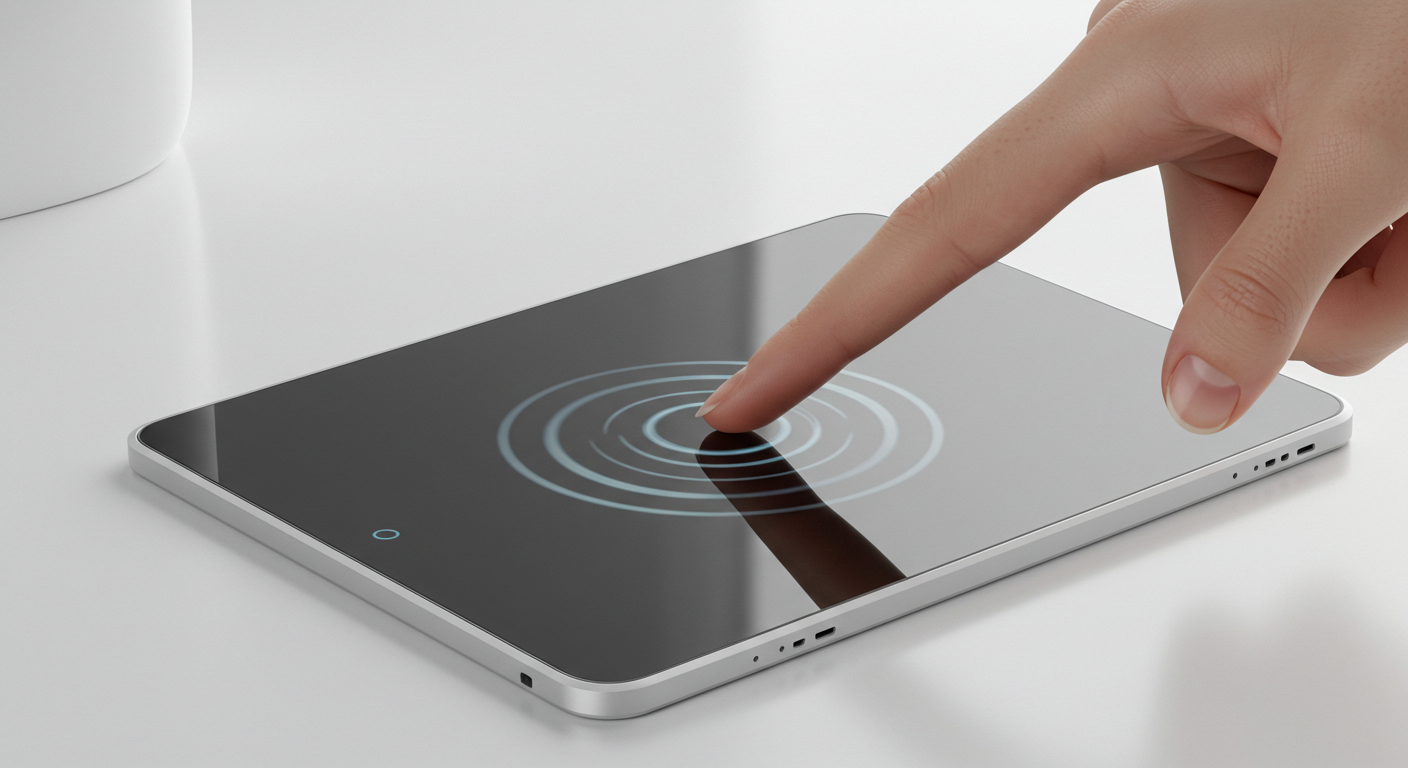
Capacitive Touch Integrated Touchscreen: 2025 Technology
Aug-25-2025
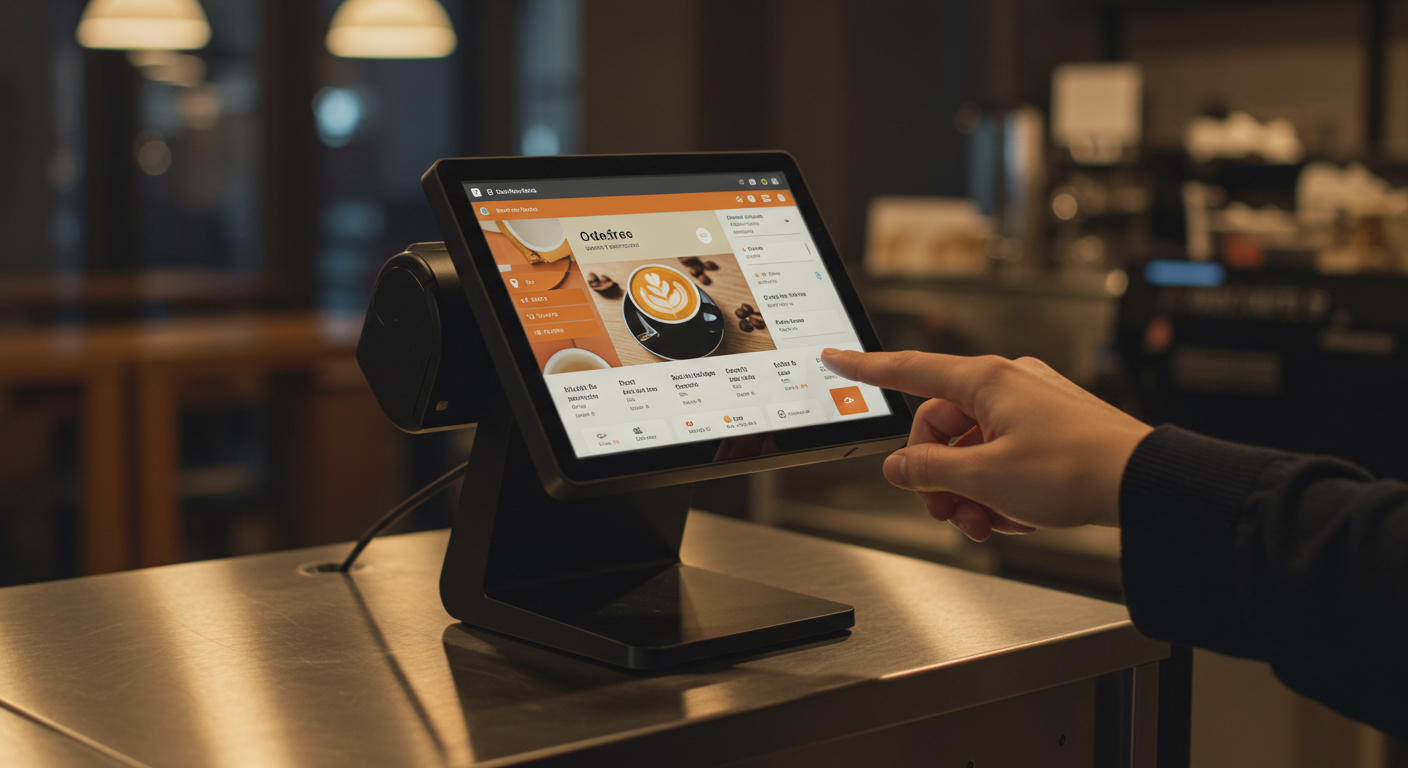
Capacitive Touch Screen POS Terminal – Next-Gen Solutions
Aug-25-2025

Capacitive Touch HMI Interface | Durable & Ergonomic Control
Aug-24-2025
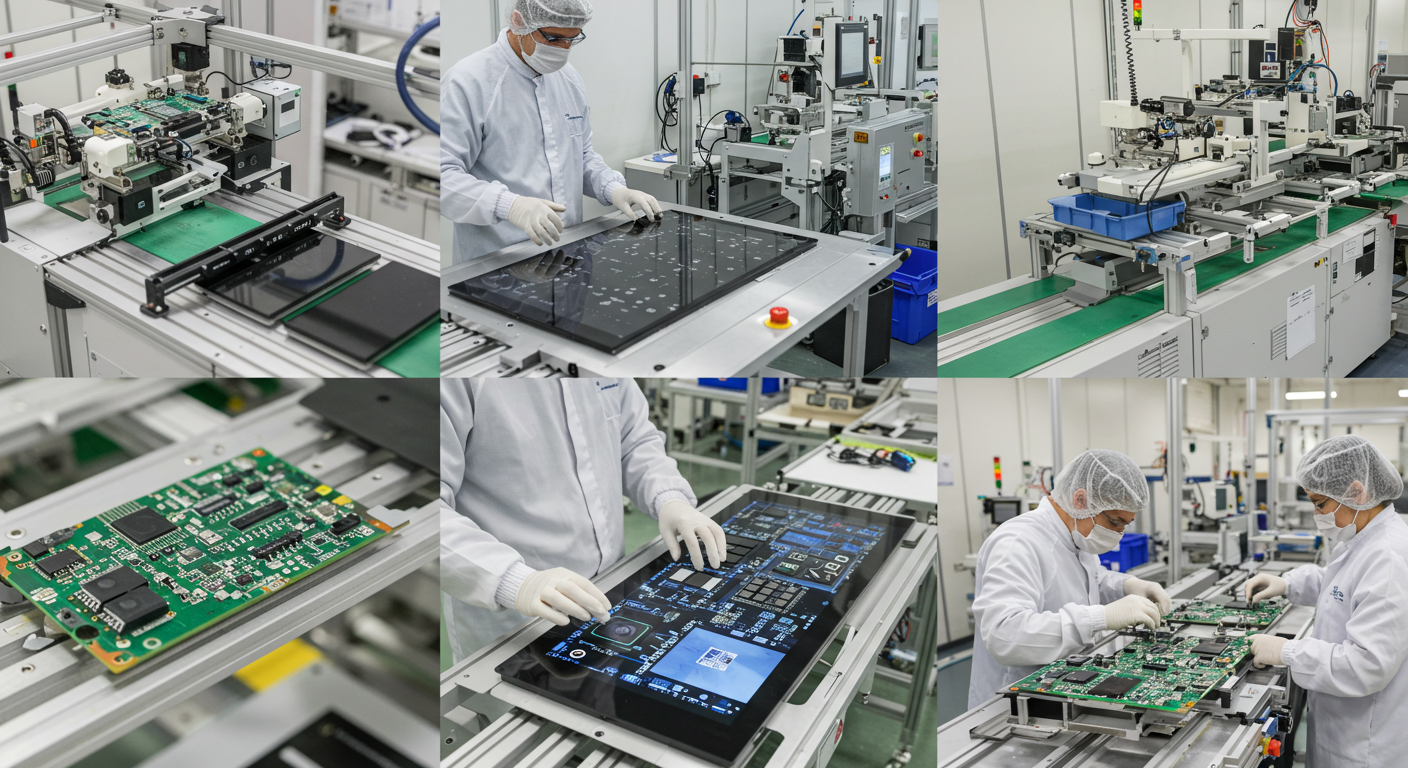
Capacitive Panel OEM Manufacturers – Custom Touchscreen Solutions
Aug-24-2025
Get a Free Quote
✔ 16 Years Manufacture Service ★★★★★
✔ 3 Technical Experts And 52+ Project Engineers Will Assiste You
✔ Wanty Employs Over 52 Engineers, Many Of Whom Come From Leading Tft Lcd Module Companies Such As Tianma And Boe-Varitronix. Each Core Team Member Brings 15 Years Of Industry Experience.
✔ If you would like more information about our products and services, please contact us. Whether you need a standard solution or a customized one, we are here to meet your needs.
✔ Please complete the form below, and the selected location will contact you promptly. Thank you for visiting, and have a great day!
